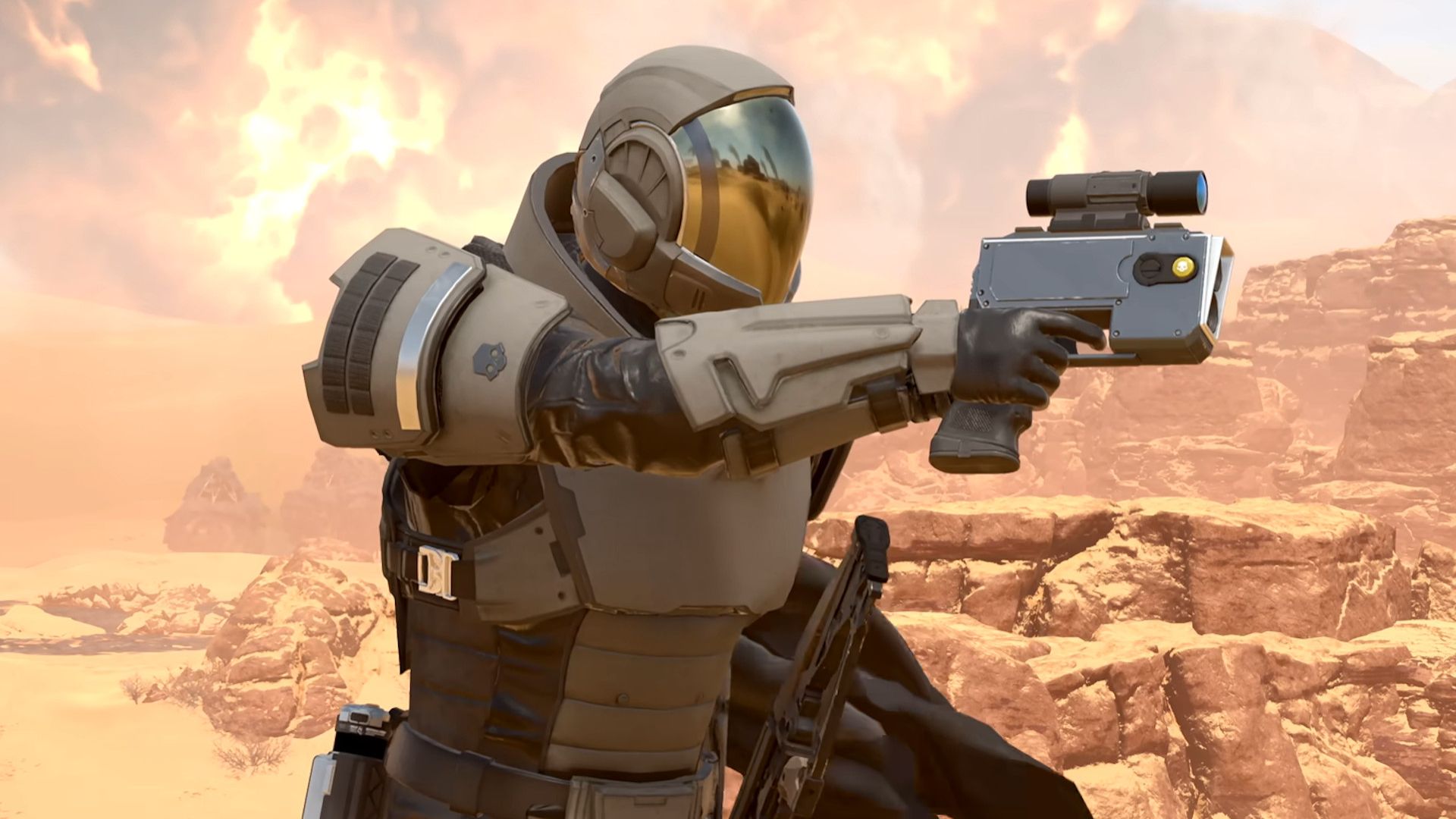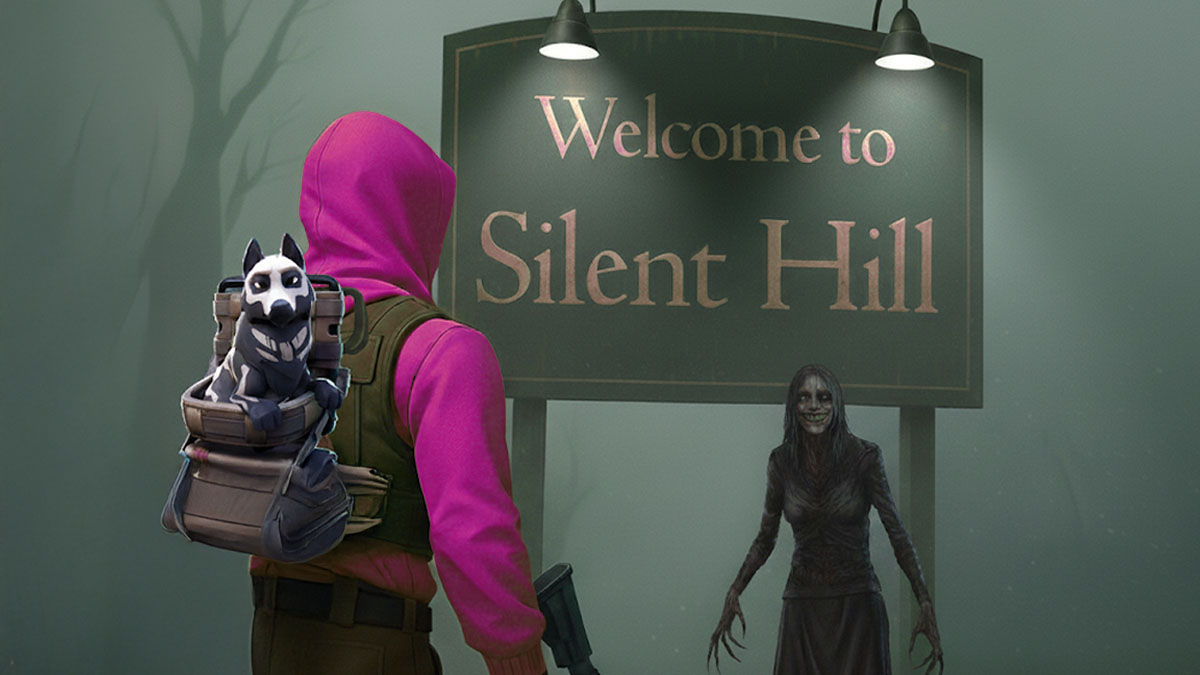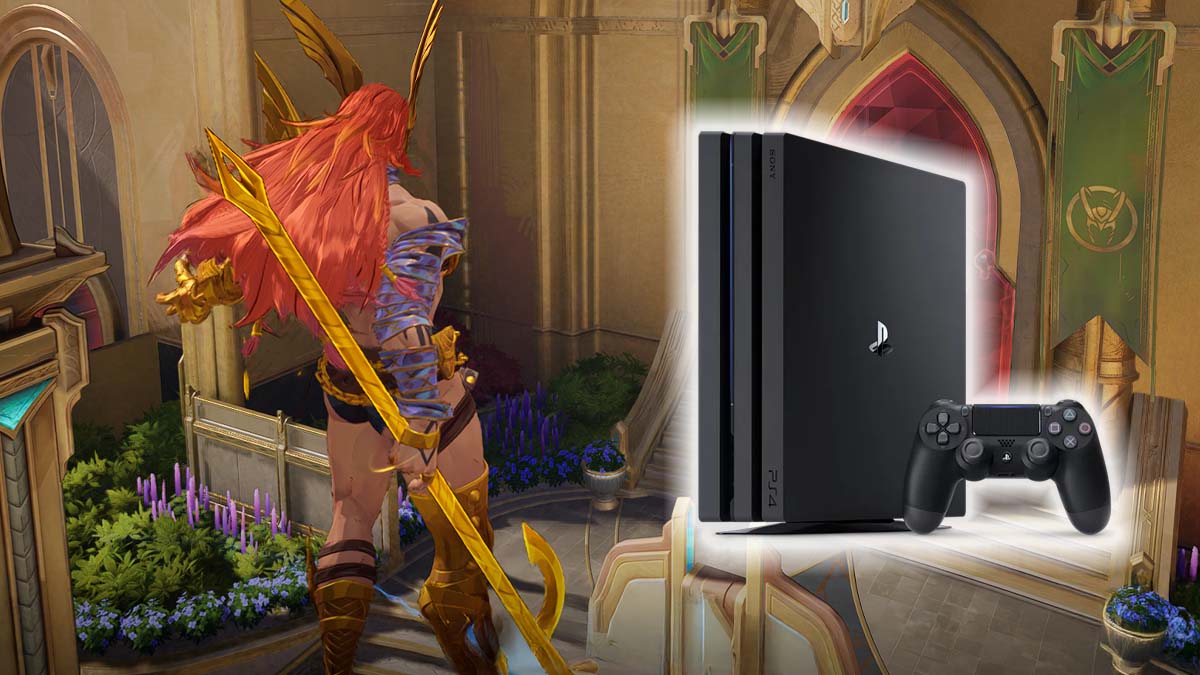You can trust VideoGamer. Our team of gaming experts spend hours testing and reviewing the latest games, to ensure you're reading the most comprehensive guide possible. Rest assured, all imagery and advice is unique and original. Check out how we test and review games here
“The goal was to weaponise gravity,” said Ricky White, producer of Inversion. And they’ve done just that. Used in combination with your guns, the Grav-link can be used to abuse the laws of physics in a variety of ways. You can yank enemies from cover for quick kills, create makeshift shields from objects in the environment, and fire off projectiles using anything that happens to be lying around.
A year or so into development, however, and Inversion ultimately looks like any other third-person shooter. It’s got a main character with bulging muscles and a rugged chin of stubble. It’s got a Gears of War cover system. It’s got a black sidekick who yells stereotypical quips as you fight your way through hordes of alien invaders. And it has guns.
While manipulating gravity could have been quite a promising hook, it seems to have taken a backseat to the hundreds of genre clichés Saber Interactive has tried to cram into the experience. All the gravitational ‘innovation’ allows for is different ways to kill your enemies. Granted, I only saw a couple of levels, but in that time I wasn’t shown one puzzle or requirement for out-of-the-box thinking; it’s just shooting burly looking aliens in the face.
To be fair to Saber, this seems to have been its intention with the game from the off.
There’s no limit to how many times you can use the Grav-link, but a resource meter governs two separate abilities: Low-G and High-G powers. With Low-G powers, like the shockwave, you can send swathes of enemies floating upwards, where they’re suspended in the air, ripe for filling with bullets. High-G powers, on the other hand, pull objects and enemies down. The example we were shown saw main character Davis Russel yanking a crate off a hook in the sky, where it landed in the perfect position for use as cover.
Vector shifts are more interesting: the notion that you can switch from one plane to another, allowing you to scale walls or walk along ceilings. This is made possible through ‘conduits’; large pulsating orbs that throw you to another plane. The thing is though, once you’ve made the shift, the camera snaps to your new location and the game plays out just like it did before. The fact you’re defying the laws of physics is largely irrelevant. Watching a grenade get snatched out of the air, pulled by the gravitational field of another plane (the wall), however, is pretty cool.
Other than some zero-G sections reminiscent of Dead Space, nothing else in the demo was of particular interest. White did confirm that the game would have multiplayer, but couldn’t talk about it until E3.
There’s some good technology behind all the gravity shenanigans, it’s just not employed in particularly interesting ways. It’s not just this that worries me, however. The environments struck me as bland, the dialogue lacked character and the frame rate visibly struggled. But hey, there’s still a good nine months left until the game hits shop shelves.
Inversion is due for release on Xbox 360 and PlayStation 3 in February 2012
Inversion
- Platform(s): PC, PlayStation 3, Xbox 360
- Genre(s): Action, Adventure, Indie, Shooter, Third Person

/https://oimg.videogamer.com/images/fbcc/inversion_22.jpg)






